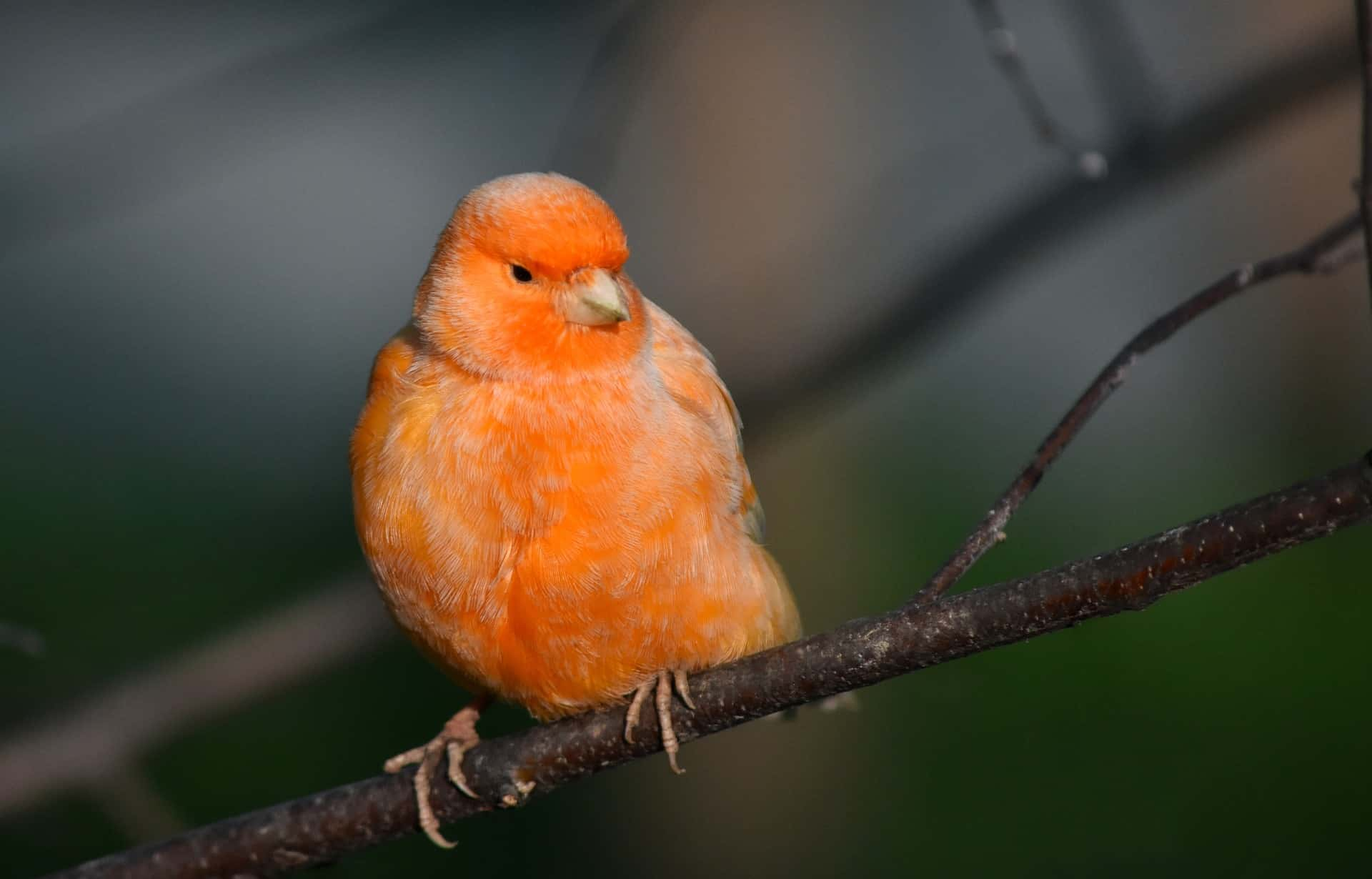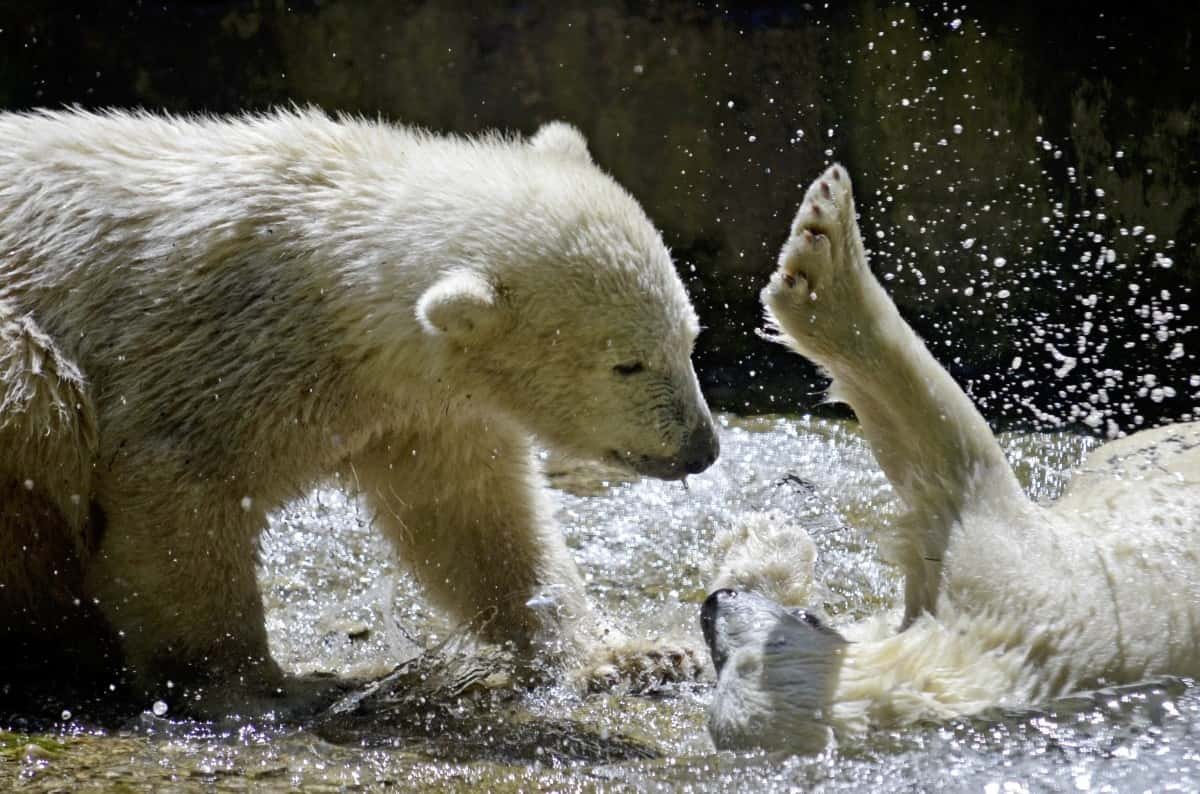"The forest is a peculiar organism of unlimited kindness and benevolence that makes no demands for its sustenance and extends generously the products of its life and activity; it affords protection to all beings". -Buddhist Sutra
Rainforests are dense forests of tall trees typically found in tropical and temperate areas. The trees are both evergreen and broad leaf. Vegetation grows in layers, with the tallest trees forming a canopy that actually blocks most of the light from reaching the forest floor. Below are 45 astonishing facts about Rainforests.
42. Dense
50% of the world’s plants and animals live in rainforests, but rainforests only cover 2% of the Earth.

41. Found All Over the World
South America isn’t the only place where rainforests are found. Alaska, Canada, Asia, Africa, and Latin America all have rainforests.
 BetterWORLDphoto, CC BY-SA 3.0, Wikimedia Commons
BetterWORLDphoto, CC BY-SA 3.0, Wikimedia Commons
40. Not Too Dry and Not Too Cold
The only continent in the world that doesn’t have rainforests is Antarctica. This is because the temperature is too cold to sustain them. Rainforests also can’t exist in desert or tundra biomes as they are too dry.
39. Two Kinds
There are two kinds of rainforests. Tropical rainforests are warm and moist and temperate rainforests are cooler. Tropical rainforests are the more abundant of the two, found closer to the equator.
38. The Lion’s Share
The Amazon rainforest in Brazil is the largest rainforest on the planet.
37. Underwater
A true rainforest has a minimum of 80 inches of rain annually. The rainiest city in the US is Portland, Oregon which only receives an average of about 40 inches of rain a year.
36. Global Temperature Control
Rainforests act like a global thermostat. They absorb and release so much heat that it regulates temperatures and weather patterns around the world.
35. A Basin of Water
The Amazon Basin contains 1/5 of the world’s fresh water.
34. Between the Tropics
A rainforest forest is not necessarily a tropical rainforest. To be a tropical rainforest, it must lie between the Tropic of Cancer and the Tropic of Capricorn, receive rainfall regularly throughout the year (a minimum of 80 inches), and remain free of frost all year.

History's most fascinating stories and darkest secrets, delivered to your inbox daily.
33. That’s Really Wet!
The wettest rainforests can receive 304 inches of rain annually. With no seasonal changes to affect climate, the rain stays constant and heavy.
32. World’s Largest Pharmacy
The tropical rainforest is an excellent source of natural medicines, and a quarter of all natural remedies have been discovered there.
31. Healing Properties
70% of the plants used to treat cancer can only be found in rainforests. Over 2000 types of plants found in tropical rainforests have been determined to contain cancer fighting properties.
30. They’re Shrinking
6 million square miles of the Earth were once covered by rainforests. That number has been cut in half by human intervention and deforestation.
29. Rapid Disappearance
At their current rate of decline, 5-10% of the species found only in rainforests will go extinct every 10 years.
28. Relied Upon by Man and Beast
Many of the different animals found in the rainforests can’t survive anywhere else because they depend on the rainforest environment for their basic needs. About 90% of the 1.2 billion people living in poverty near the rainforest also depend on it for their basic needs.
27. 10 Minutes from Top to Bottom
The rainforest canopy is so dense and tall that it takes approximately 10 minutes to reach the ground if rappelling from the canopy.
26. Unique Flowers
80% of the flowers found in rainforests are not found anywhere else in the world.
25. Under Menace
Due to practices such as logging and mining, a slice of rainforest the size of a football field is destroyed each second. That’s equivalent to 31 million football fields a year.
24. Wrestling Frogs
Strawberry poison dart frogs which are found in Central American rainforests will wrestle for up to 20 minutes over territory.
23. The Idiot Fruit
The Idiot Fruit, native to the Australian rainforest is the world’s most primitive species of flowering trees. The tree can grow up to 117 feet, and its seeds are dangerous to animals and birds.
22. Rhinoceros or Bird?
The Rhinoceros Hornbill bird has a prominent golden-yellow horn called a casque on top of its head, making it look like it has an extra beak. This unusual bird is one of the largest birds in the rainforests of Asia.
21. Did You Hear that Howling?
Black howler monkeys, found in the rainforests of Latin America, have a call that can be heard nearly 5km away!
20. Something Smells Rotten
Tropical rainforests contain a fungus called Veiled stinkhorn fungi. The smell is similar to rotting food. This keeps humans away but is irresistible to many animals and insects.
 Wikipedia
Wikipedia
19. Can Live for Two Millenia
Some of the pine trees in Tasmania’s temperate rainforests are over 2000 years old.
18. All in a Single Hectare
One hectare of rainforest (the size of an average rugby field) can contain 42,000 species of insects, 807 trees of 317 different species, and 1500 species of higher plants.
 Pixnio
Pixnio
17. Dwindling Population
Before the year 1500, approximately 6 million indigenous people lived in the Brazilian Amazon. As the forests have disappeared, so have the people, and by the early 1900s, less than 250,000 people remained.
 Gleilson Miranda, CC BY 2.0, Wikimedia Commons
Gleilson Miranda, CC BY 2.0, Wikimedia Commons
16. Mating Season
The Blue Morpha Butterfly lives in the tropical rainforests of Latin America. When they are seeking a mate, they fly above the canopy of the forest, and can be visible to pilots flying overhead.
15. People of the Forest
The Mbuti people of African rainforests only grow up to 5 feet tall. Their small size enables them to move more easily through the forest.
14. Red Soil
Rainforest soil contains high levels of aluminum and iron, giving it a red color.
13. Elephant Dung Coffee
The most expensive Coffee in the world is made from coffee beans picked from the dung of elephants living in the rainforests of Thailand. The beans are fed to the elephants, and then collected and cleaned after they pass them. The coffee costs about $500 a pound, or $50.00 a cup.
12. Almost as Old as Time
Rainforests have been around for tens of millions of years. This makes them the Earth’s oldest land ecosystem.
11. Almost Total Darkness
The floors of the rainforest are almost completely dark. Only 1% of sunlight makes it through the dense tree canopy.
10. Carbon Sinks
A carbon sink is any region that absorbs more carbon than it releases. Rainforests are one of the Earth’s major carbon sinks.
9. Plenty ‘O Fish
Rainforest waterways contain more freshwater fish than anywhere else on Earth.
8. A Winter Home
Many songbirds and other migratory birds make their winter home in Latin American tropical rainforests. Some travel as much as 3000 miles to get there.
7. Limited Farming Potential
A cleared piece of rainforest land can only sustain crops for 1-2 years due to poor soil quality. After that, the land becomes starved of nutrients and is virtually useless.
6. The Food We Eat
80% of the natural foods that humans eat originated in rainforests. Rice, potatoes, tomatoes, pineapple, bananas, corn, coffee and chocolate were first found there.
5. Homes for Pollinators
Bats in Southeast Asia are a driving force in the forest ecosystem and pollinate more than 300 species of plants and forest fruits.
4. Untapped Potential
Less than 1% of the species found in tropical rainforests have been analyzed for their medicinal value.
3. A Rare Sighting
The rare and mysterious white grizzly bear, known locally as a Spirit Bear, can only be found in the heart of the Great Bear Rainforest in British Columbia, Canada. The bear is also the province’s official provincial mammal.
2. The Lost City
In the 1920s, Henry Ford decided to build a city in the Amazon rainforest to harvest rubber for car tires. The city was called Fordlandia, and was one of Ford’s greatest failures. He fed the local workers American food which they did not enjoy and made them work through the hottest part of the day. The workers eventually revolted and chased all the managers and even the cook into the forest. The Brazilian army had to step in to end the revolt. The city was eventually abandoned but is now home to about 2000 residents. The one size fits all approach that worked so well for Ford in the US just didn't work in the Amazon.
1. Contributing to Climate Change
The destruction of the Earth’s rainforests is contributing to climate change. A massive amount of carbon emissions come from burning rainforests to create farmland. This effect is compounded because the trees that were burned are no longer scrubbing CO2 from the atmosphere.














































